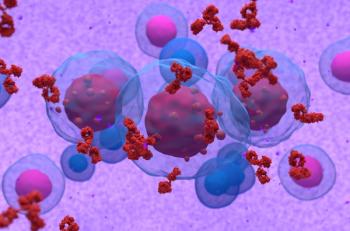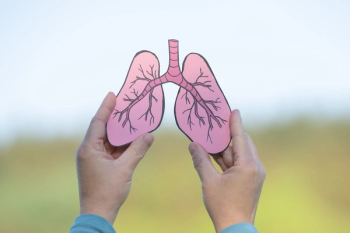
Substance Use Linked With Antiretroviral Therapy Non-adherence Among People With HIV
Due to the correlation between virologic suppression and antiretroviral therapy adherence, understanding the impediments of adherence is of the utmost importance.
The United States has long been working toward mitigating the HIV epidemic. One of the measures of success focuses specifically on viral suppression among people living with HIV (PWH).
Though antiretroviral therapy (ART) adherence is a key factor of sustained viral suppression, less than two-thirds of diagnosed PWH in the United States hit this benchmark. Due to the correlation between virologic suppression and ART adherence, understanding the impediments of adherence is of the utmost importance.
Literature has shown that substance use is higher among PWH than the general population. Many studies have begun to examine concurrent use of multiple substances, coined polysubstance use (PSU), and its association with medication adherence challenges among this population.
A
Authors gathered data from PWH participants receiving treatment at the Center for Positive Living at the Montefiore Medical Center from May 2017-April 2018. The study included 237 participants with a median age of 53 years, of whom 42.2% were female, 73.8% were heterosexual, and were 54.1% black.
Participants were asked to self-report their sociodemographic status, HIV clinical status, smoking status, substance use characteristics, and ART adherence. Of the 237 respondents, 47.3% reported current smoking status, 64.1% reported ART adherence, and 44.5% reported current use of at least 1 of the substances assessed, which included alcohol, cannabis, heroin, cocaine, methamphetamine, and hallucinogens.
Approximately 1 in 5 participants (21.4%) reported PSU. The authors noted that PSU was more prevalent among those with current smoking relative to those without current smoking (OR = 199; 95% CI, 1.17-3.38), and among females compared with males (OR = 2.17; 95% CI, 1.27-3.69).
In terms of the correlation between ART adherence and substance use, the study found that adherence was 72.4% (n = 92/127) among those with no substance use, 54.7% (n = 29/53) among those with single substance use, and 53.1% (n = 26/49) among those with PSU. Compared with participants who reported no substance use, single substance use [adjusted odds ratio (aOR)= 0.46, 95% CI 0.23-0.89] and PSU (aOR = .46, 95% CI 0.22-0.96)] was associated with decreased odds of being adherent.
In summation, the study found that PWH who use substances are more likely to be ART non-adherent than those who report no substance use. These findings are consistent with prior studies linking medication non-adherence with alcohol and regular drug use among this population, according to the study authors. Additionally, they noted that PSU was more common among those reporting current cigarette use.
“Our findings have important clinical and public health implications. As suboptimal adherence often contributes to poor HIV disease management, worse health outcomes, and risk of virologic failure, findings reiterate the need for population-level approaches to understanding the complexities of substance use and engagement in HIV treatment and care among PWH,” the study authors concluded.
Reference
Przybyla S, Ashare R, Cioffi L, Plotnik I, et al. Substance use and adherence to antiretroviral therapy among people living with HIV in the United States. Trop Med Infect Dis. 2022;7(11)349. doi.org/10.3390/tropicalmed7110349
Newsletter
Stay informed on drug updates, treatment guidelines, and pharmacy practice trends—subscribe to Pharmacy Times for weekly clinical insights.
















































































































































































































